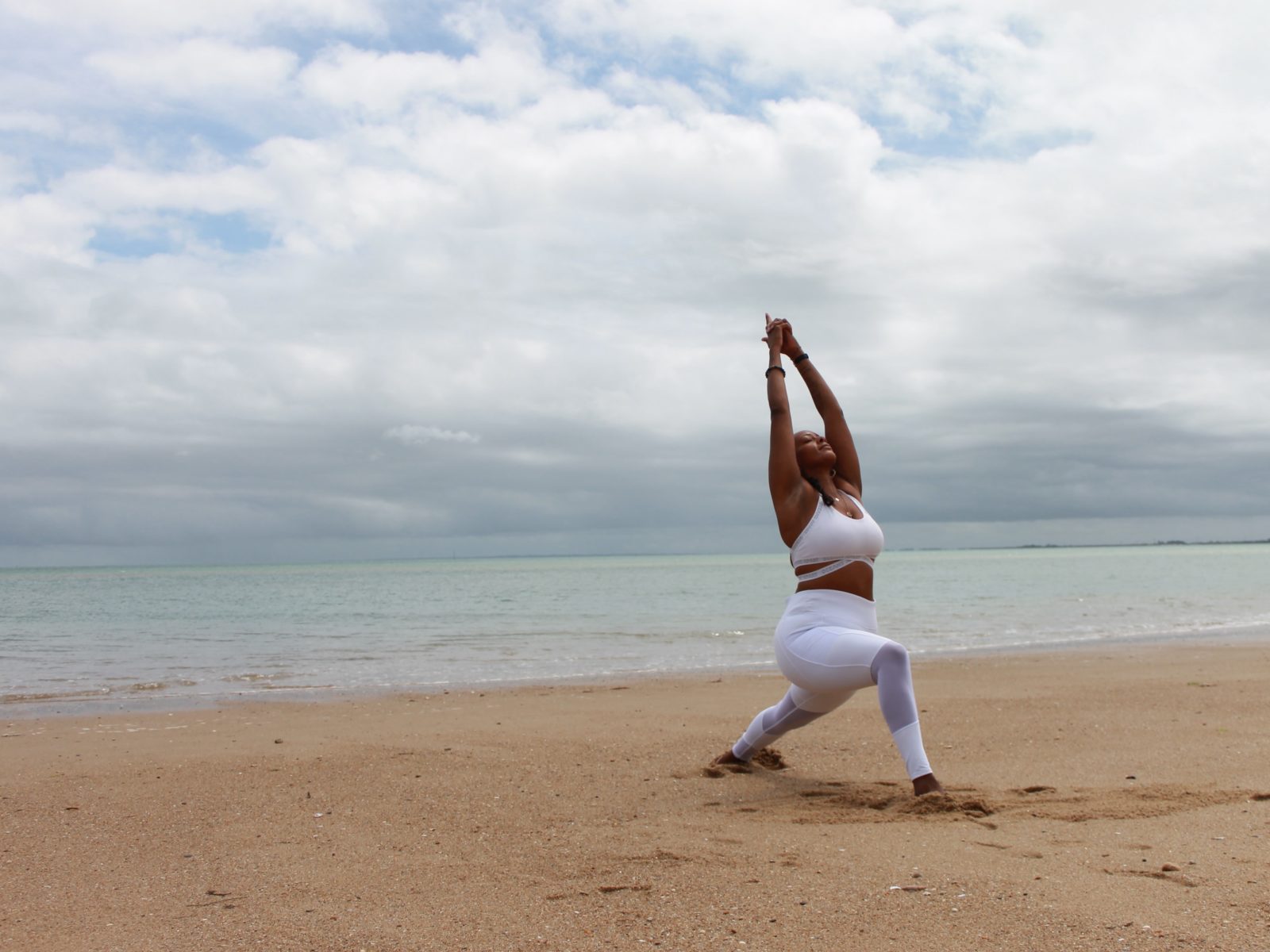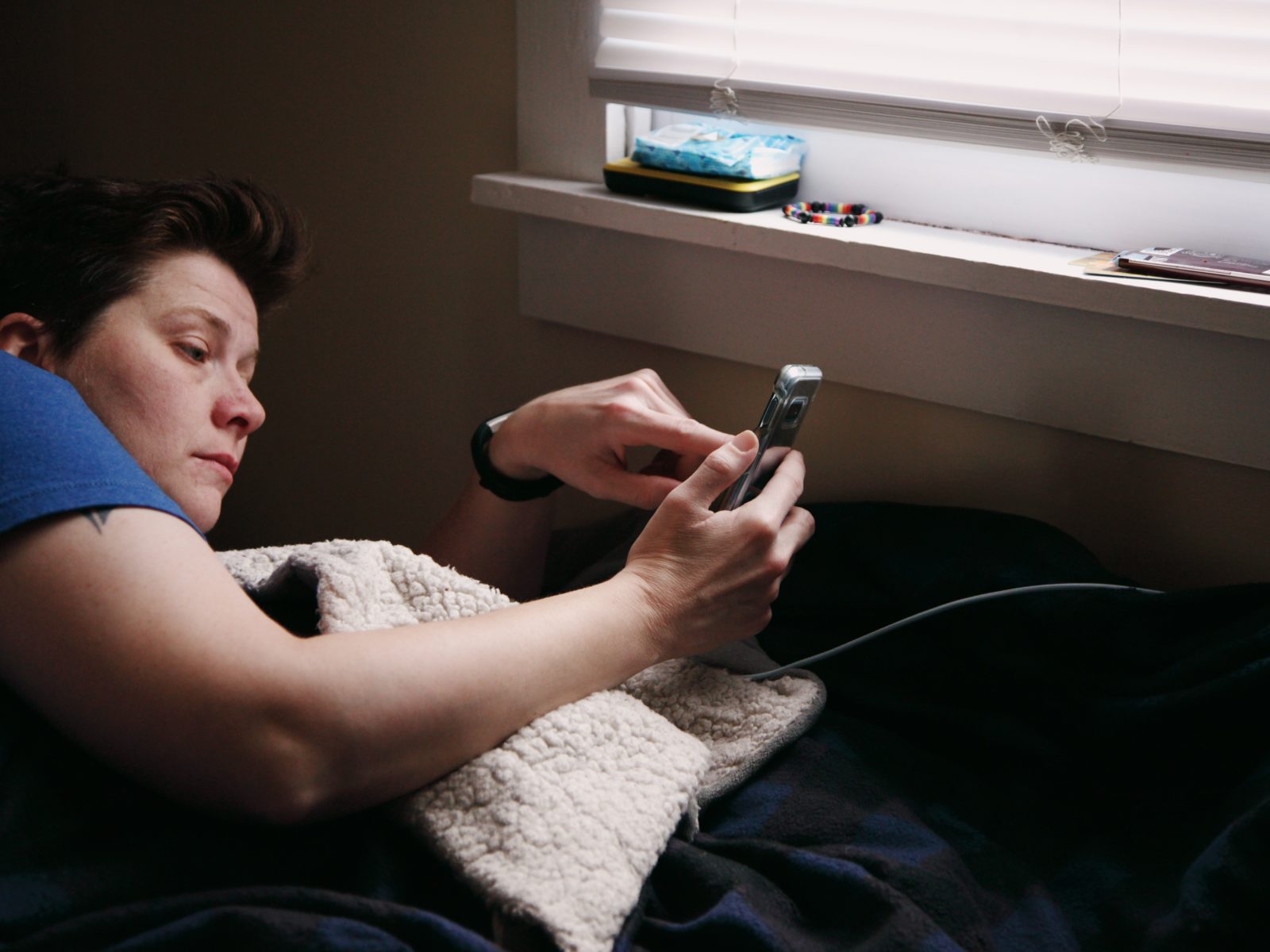Who else has been here? You didn’t sleep well the night before and there doesn’t seem to be enough caffeine to get the day going. Every turn you make, there’s a small obstacle that feels monumental because you just don’t have the energy to deal with it.
Sleep is so vital to our health and it’s a simple fact that many of us don’t get enough time under the covers. Lack of sleep can impact your overall health, stress and hormone levels and practically every aspect of your life.
So what can you do to turn your sleep patterns around? We’ve come up with a list of stretches and relaxation tips to help increase your sleep and decrease your stress load. Happy snoozing!
1. Stretches

We store stress in our muscles and we need to train ourselves to work different areas of our bodies in order to get rid of that stress. Stretching right before bed is a good way to prepare your body for sleep. Just like with any routine, if you do the same things at the same time long enough, your body and mind will recognize it as a signal to transition from one activity to the next. Here are some basic stretches to consider adding to your night-time routine.
- Neck Stretches: Stand or sit with your shoulders pulled back to your spine and slowly lower your right ear to your right shoulder. Slowly circle your chin to your chest and then rotate your left ear to your left shoulder. Slowly circle the top of your head toward the back of the room. Repeat five times in a counterclockwise direction and then reverse the stretch in a clockwise direction.
- Back Stretches: Stand straight with your feet hip-width apart. Clasp your hands together behind your back and reach your hands to the back of the room. As you reach your arms, keep your back straight and can bend at the hip and reach your clasped hands to the ceiling. Straighten your back, release your hands and then repeat four to five times.
- Lengthening Stretches: In a standing position, with feet hip-width apart, raise your hands above your head into a triangle. Lean, from the hip, toward the right, stretching your arms towards the right wall. Return to center and then lean, from the hip, to the left, stretching your arms towards the left wall. Return to center and repeat four to five times.
- Hip Stretches: Sitting in a wood chair (no couches!), bring your right ankle to rest on your left knee, creating a figure 4. Sitting straight up, you can lean forward from the hip slightly and use your right hand to apply light pressure to your right knee. Repeat on the left side. Repeat and alternate on each side four to five times.
- Hamstring Stretches: Sitting in a wood chair, extend your right leg straight out with your heel touching the floor and your toes reaching towards the sky. Sitting straight up, with your shoulders pulled in towards your spine, lean forward from the hip slightly and use your right hand to apply pressure just above your knee. Repeat on the left side. Repeat and alternate sides four to five times.
2. Fall asleep fast

This is a special technique developed for World War II fighter pilots. These individuals rarely had down time and did not have the luxury to take time to relax before bedtime. In order to maximize the amount of sleep they were able to get, the military worked with Bud Winter – an individual who worked with athletes on relaxation techniques. In just six weeks of practice, 95 percent of pilots were able to fall asleep in 120 seconds or less. Yes, you read that right: You can be asleep in under 2 minutes every night.
Here’s the technique:
- Get as comfortable as possible wherever you are.
- Relax your face and with every exhale, relax a different section of your face even more. Straight by closing your eyes, then release tension from your forehead, temples, cheeks, mouth and so on.
- With each exhale, continue relaxing each part of your body after your face. Breath out any tension in your shoulders, arms, fingers, hips, legs and feet. Work from your head to your toes and focus on each area as you relax and breath.
- Clear your mind for 10 full seconds. This is probably the hardest part of the exercise because outside thoughts can easily creep back in. But focus on something serene and peaceful: clouds on a warm spring day or the snow static on a television set. Find a mental image and focus on that while you continue to breath.
Before you know it, you’ll be off to la-la land.
3. Limit screen time

This one is no big secret: The more time we spend in front of our gadgets, the more fatigued and tired our eyes and brains become. But not only that. There is research that the blue light that our electronics emit actually suppresses our ability to create the sleep-inducing hormone, melatonin.
Make your bedroom an electronic-free zone. Get an old-school alarm clock and check the phones, tablets and televisions at the door. Reducing screen time for the 20 to 30 minutes before bedtime might make the difference in how much sleep you get each night.
4. Prayer/reflection

So, you’ve tried the stretches and the deep-breathing. You’ve turned off the phone and tried picturing a field of sunflowers as you relax every muscle in your body. But you’re still not getting as many Z’s as you would like.
Perhaps it’s time to turn to prayer and reflection. Spending time with God, either in prayer or journaling, before bedtime can greatly decrease your stress level and mental load. He already knows what each of us is carrying every day, but bringing it and laying it at His feet daily can help reduce the weight you personally carry from day-to-day.
You could even combine the deep-breathing exercises and prayer together for something called “Breath Prayer.” Here’s an example of what Breath Prayer looks like from Christianity Today:
Breath prayer links your rhythm of breathing in this way: 1) breathe in, calling on a biblical name or image of God, and 2) breathe out, sharing a simple God-given desire. Here is one breath prayer: Breathe in, “Be Still and Know.” Breathe out, “That I am God.” Breathe this breath prayer 10 times. Breathe slowly, taking your time, there is no rush.
If you’re not a person of faith, spending time in personal reflection or meditation (just make sure it’s peaceful!) can also help.
If you’ve found this helpful, be sure to share it!

